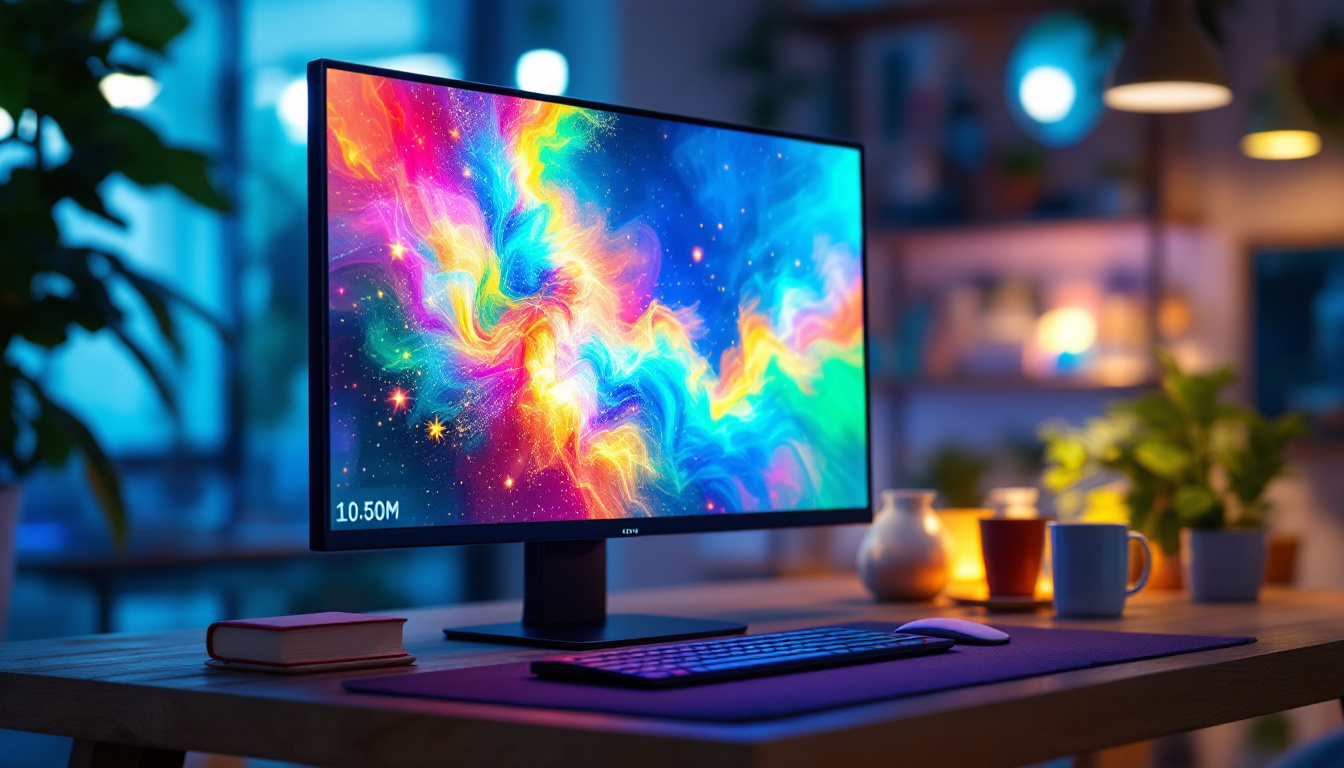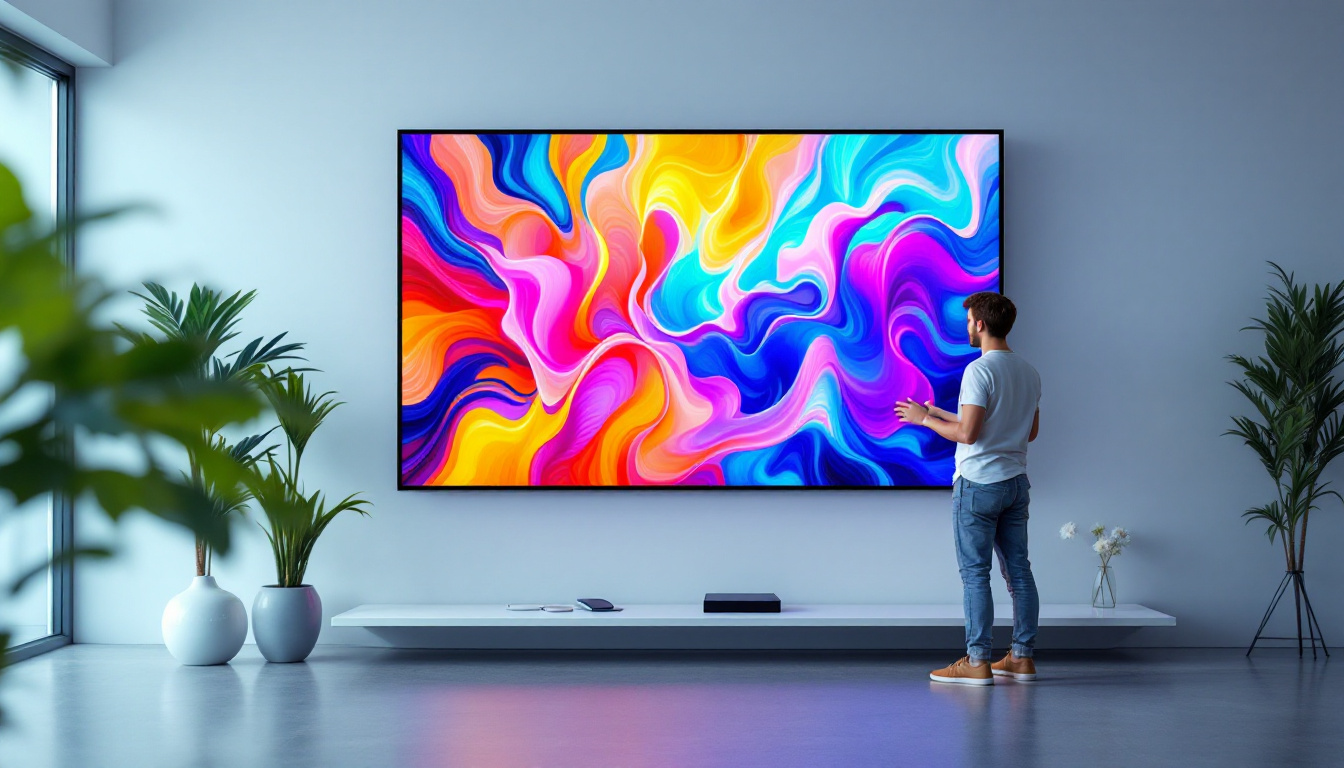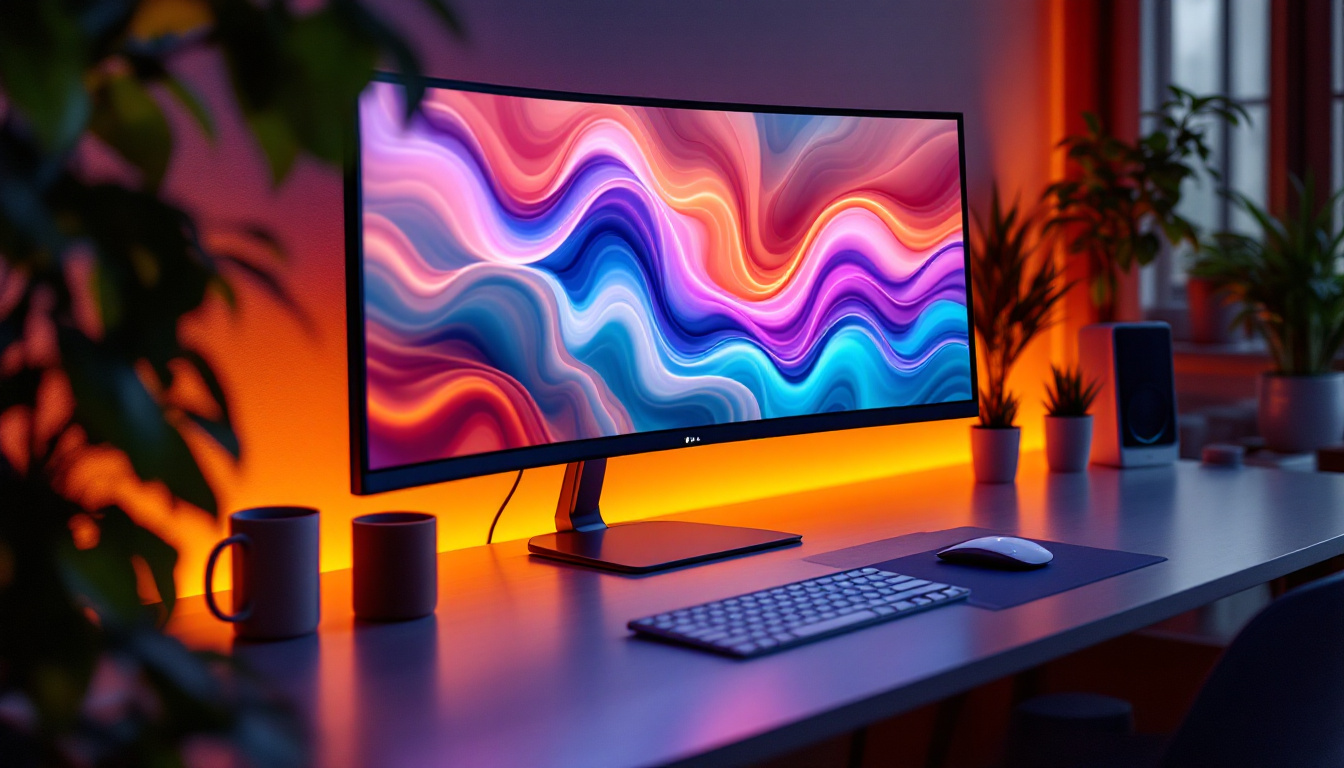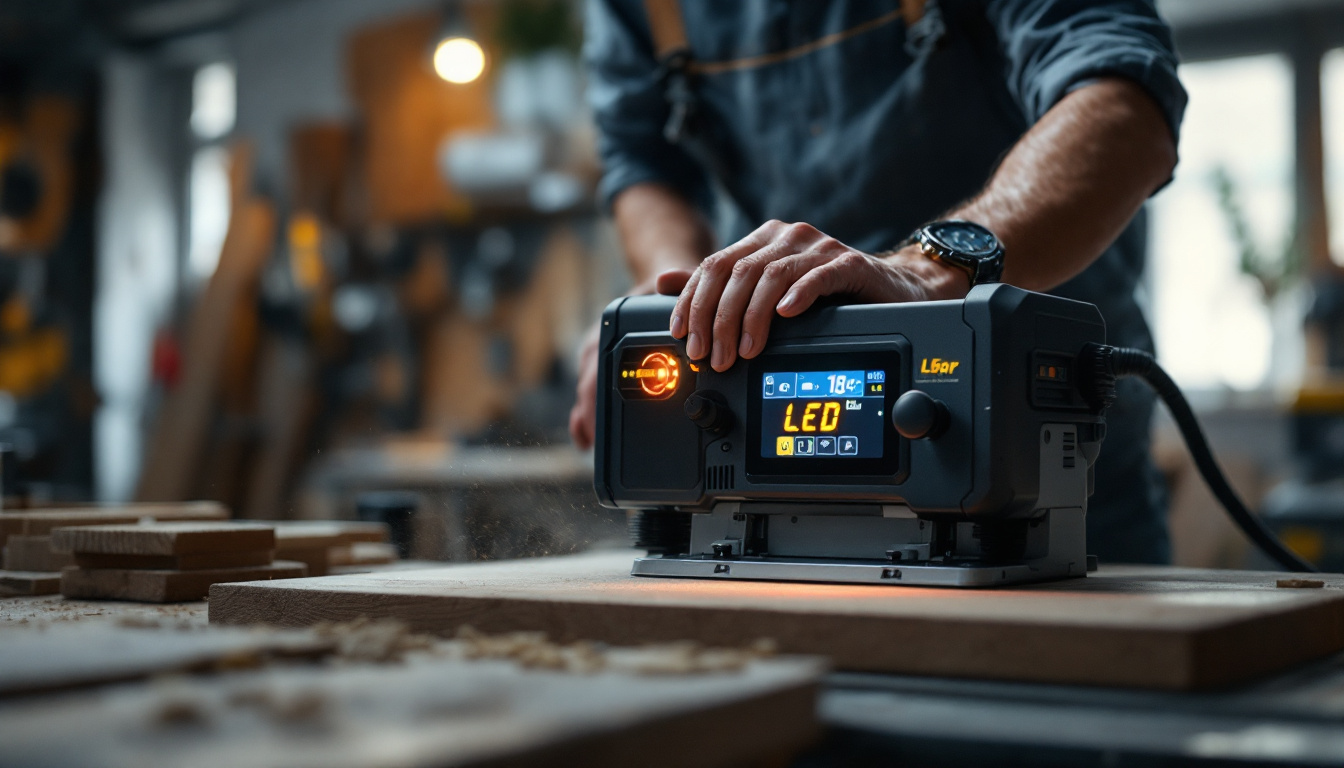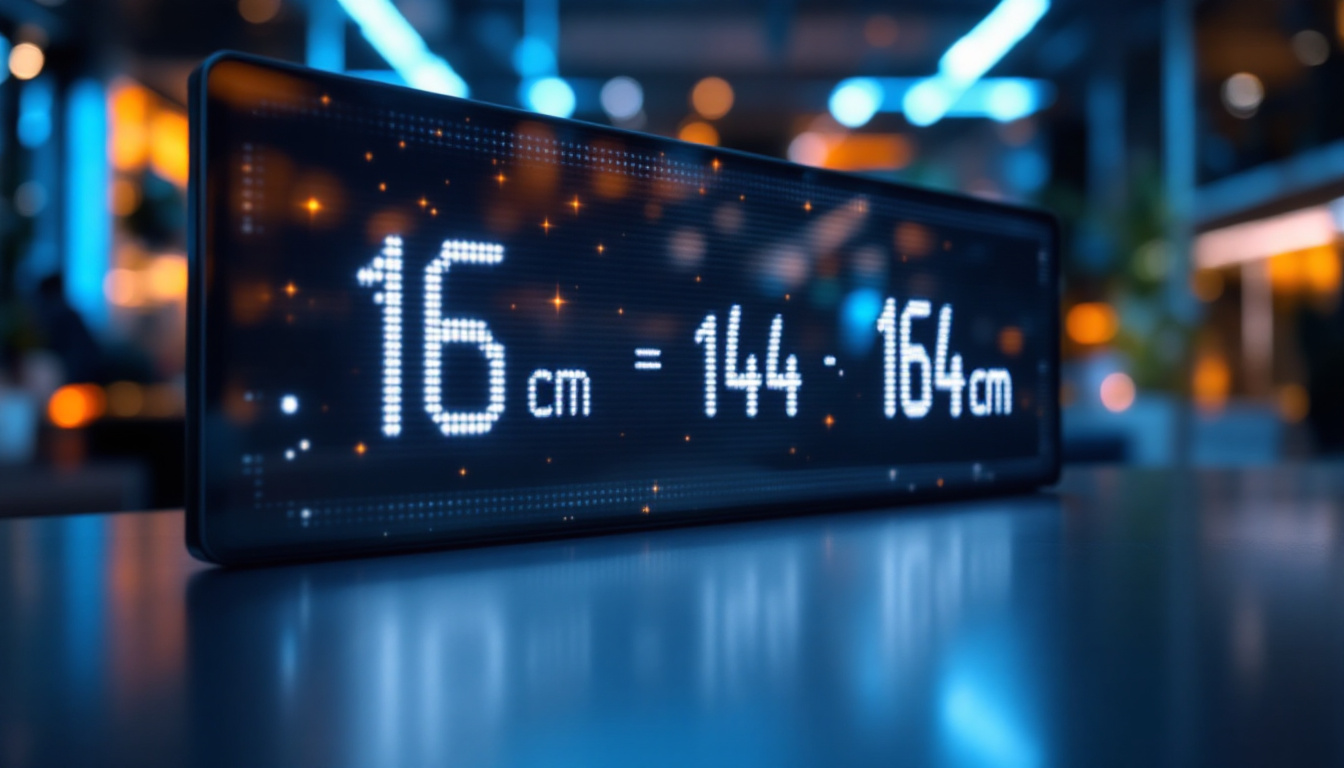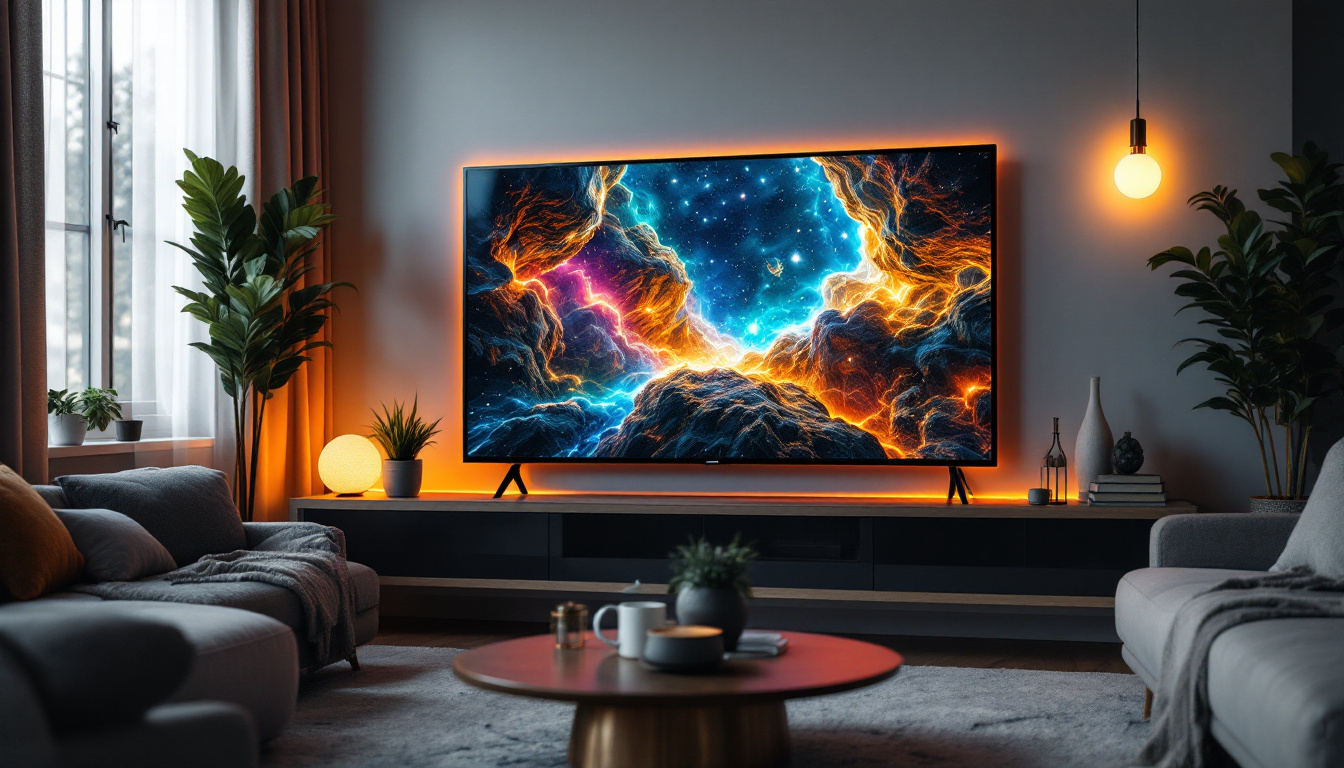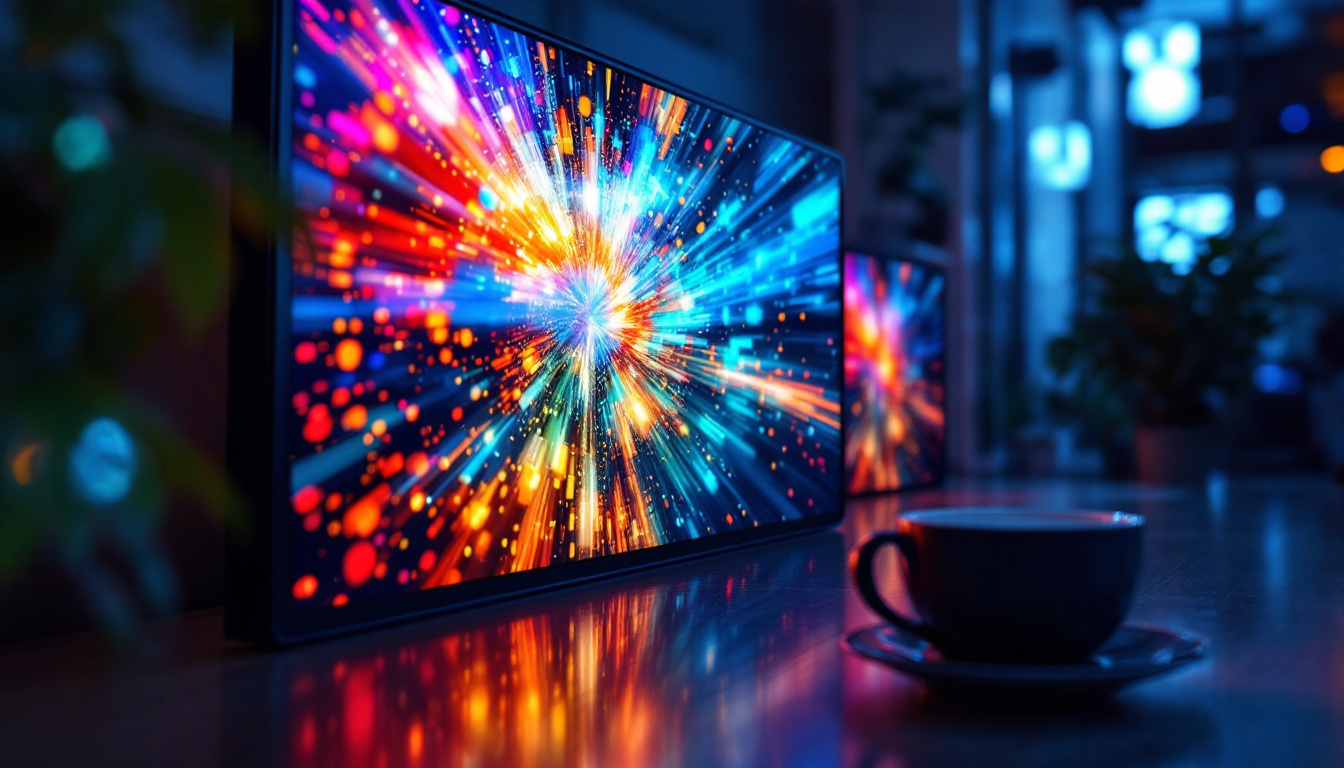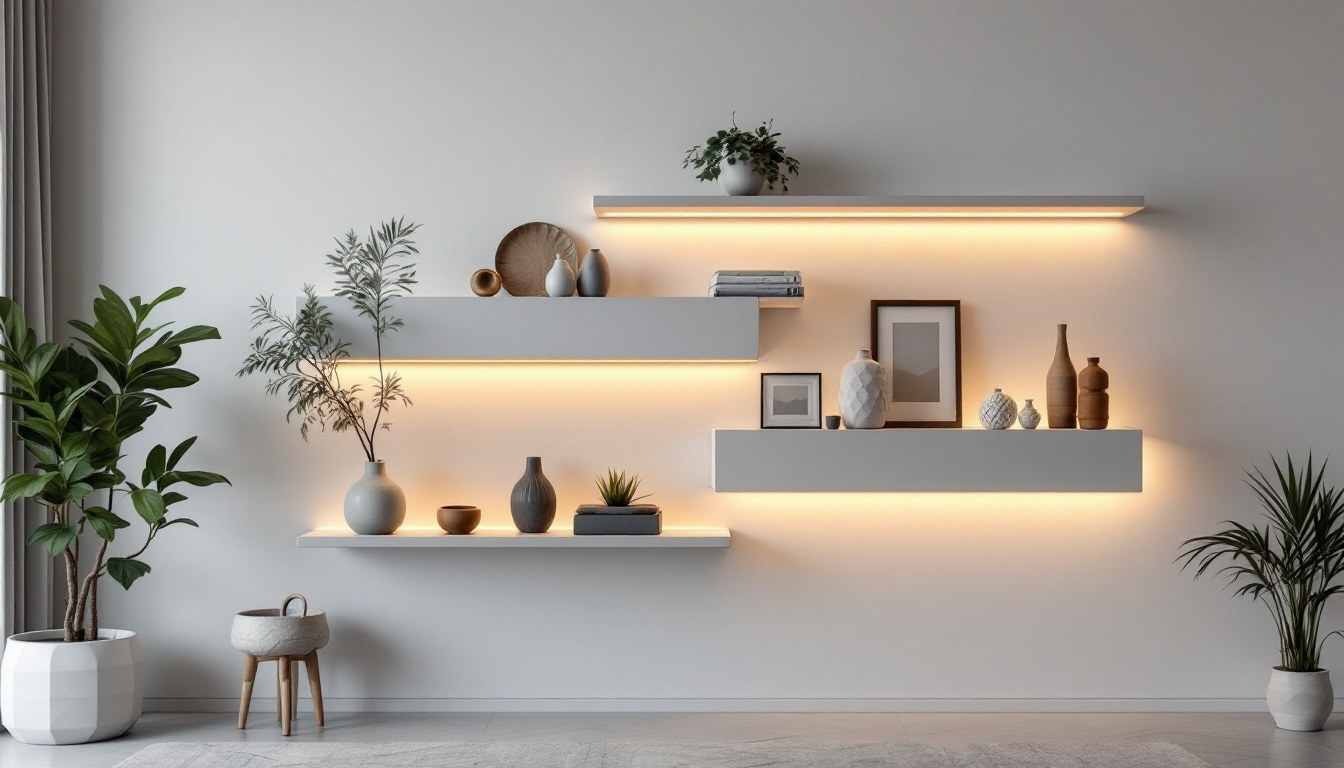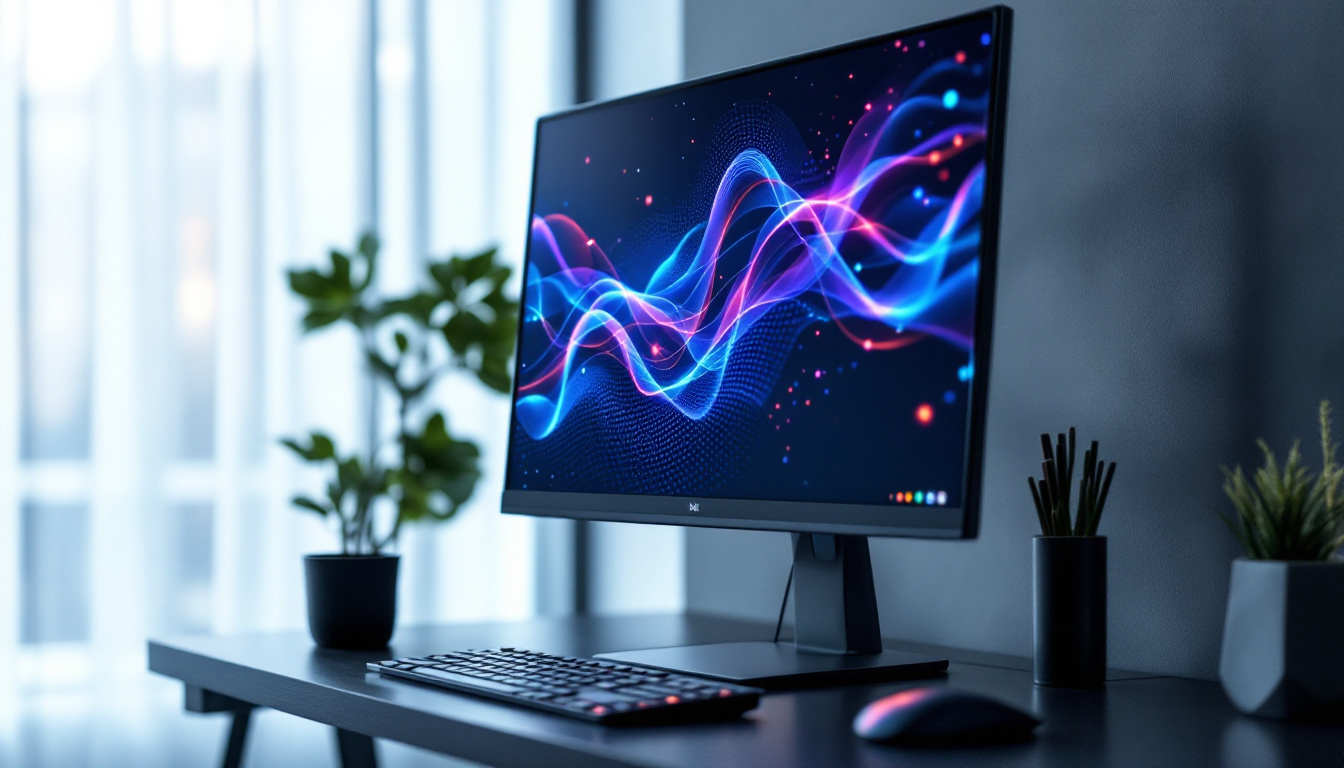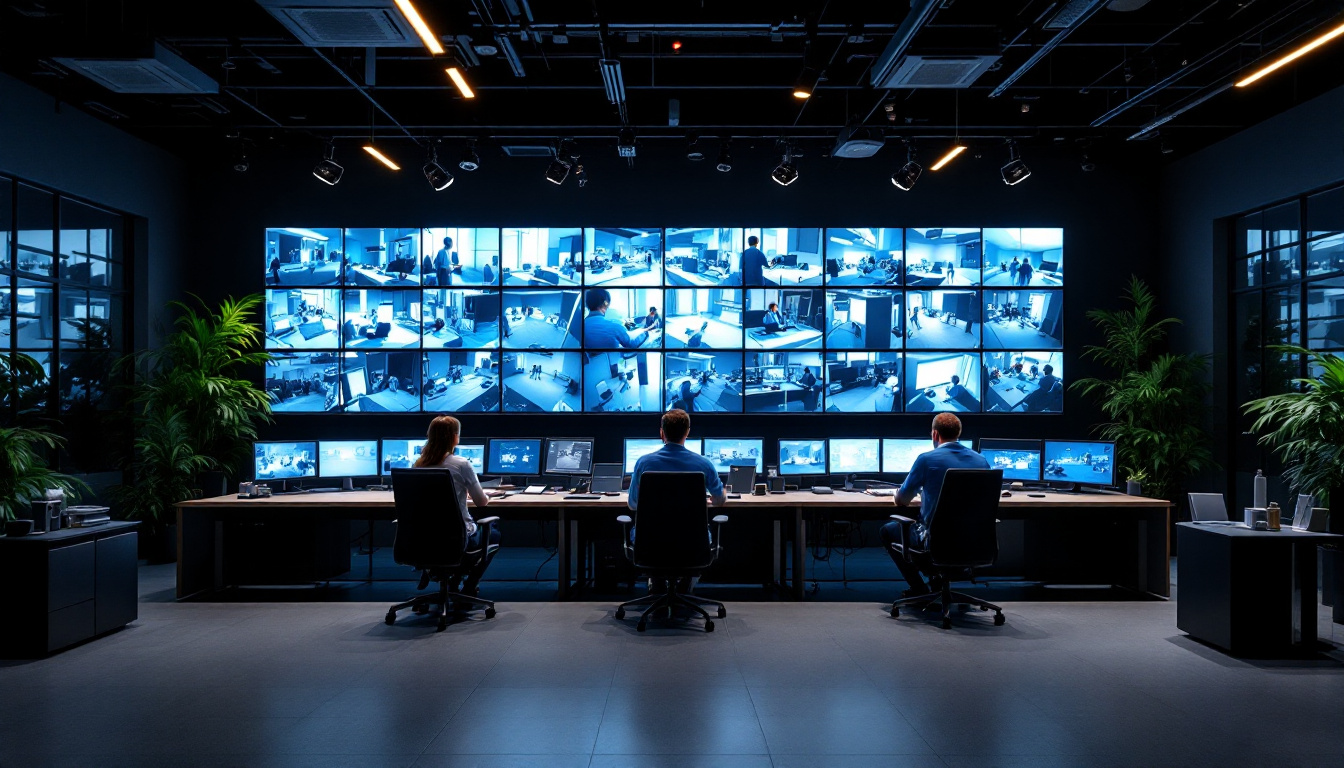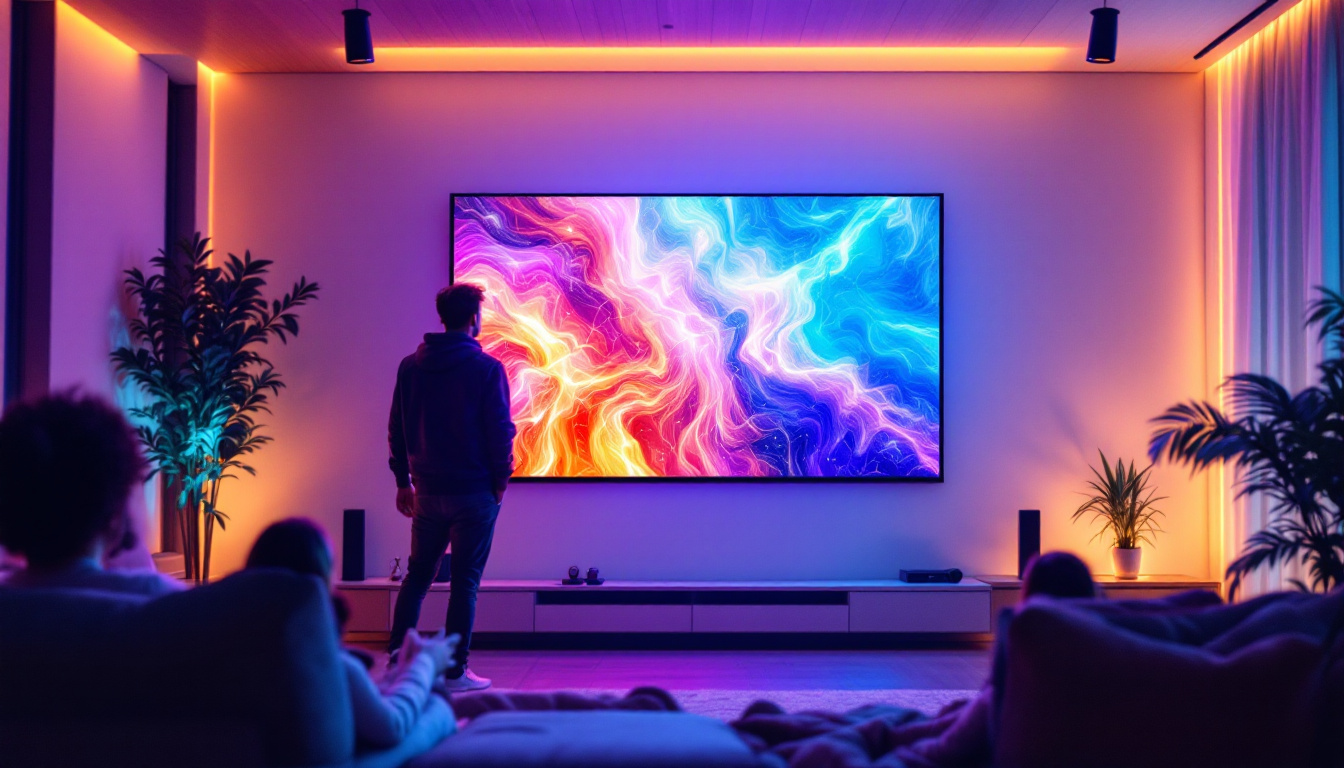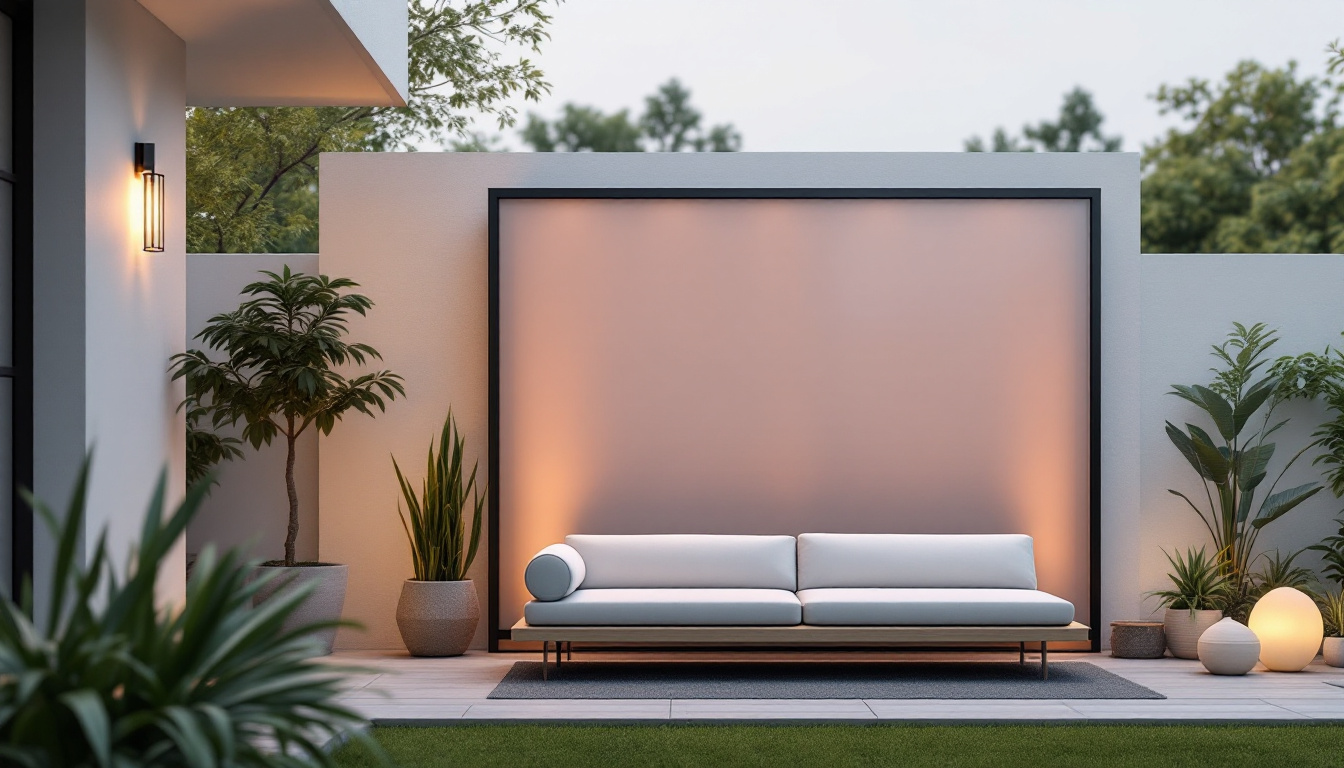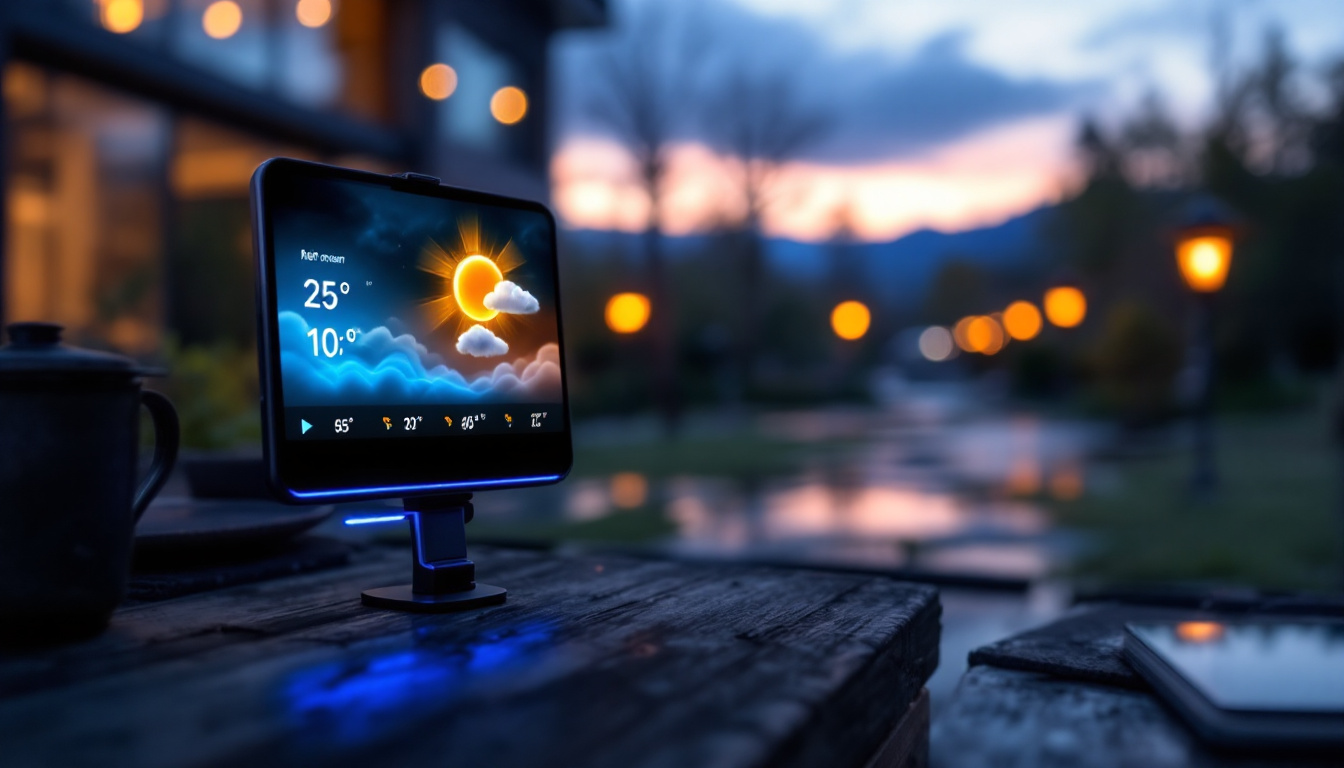In the digital age, desktop monitors have become essential tools for both work and leisure. With the increasing reliance on these devices, protecting their screens has become a priority for many users. One effective way to safeguard a monitor’s display is through the use of screen guards. This article delves into the intricacies of screen guards for LED displays, exploring their benefits, types, and installation processes.
Understanding LED Displays
LED (Light Emitting Diode) displays have revolutionized the way we interact with technology. These monitors are known for their vibrant colors, high contrast ratios, and energy efficiency. Unlike traditional LCD screens, LED displays utilize diodes to produce light, resulting in sharper images and better performance in various lighting conditions.
How LED Displays Work
The fundamental principle behind LED displays is the use of semiconductor materials that emit light when an electric current passes through them. This technology allows for a thinner and lighter design compared to older display types. The backlighting in LED monitors can be either edge-lit or full-array, influencing the overall brightness and color accuracy of the screen.
Edge-lit displays have LEDs positioned along the edges of the screen, while full-array displays feature a grid of LEDs behind the entire screen. Full-array technology generally provides better uniformity in brightness and color, making it a preferred choice for professional applications.
Advantages of LED Displays
LED displays offer several advantages that make them a popular choice among consumers. Their energy efficiency is one of the most notable benefits, as they consume less power than traditional displays, leading to lower electricity bills and a reduced carbon footprint.
Additionally, LED monitors provide superior image quality with higher brightness levels and improved color accuracy. This makes them ideal for tasks that require precise visual representation, such as graphic design, video editing, and gaming. Furthermore, their longevity and durability make them a cost-effective investment over time.
The Importance of Screen Guards
Screen guards serve as protective layers for desktop monitors, shielding them from physical damage, dust, and scratches. The importance of these protective measures cannot be overstated, especially in environments where monitors are frequently used or moved.
Protection Against Physical Damage
One of the primary functions of a screen guard is to protect against accidental impacts. Whether it’s a stray object falling onto the monitor or a child playing nearby, screen guards can absorb the shock and prevent cracks or shattered screens. This is particularly crucial for LED displays, which, while robust, can still be vulnerable to significant impacts.
Moreover, screen guards can also help prevent damage from spills. In a busy office or home environment, liquids can easily come into contact with a monitor. A good quality screen guard can provide a barrier against such accidents, preserving the integrity of the display.
Dust and Fingerprint Resistance
Another significant benefit of using a screen guard is its ability to resist dust and fingerprints. LED displays, with their glossy surfaces, tend to attract smudges and dirt, which can obscure the screen and diminish the viewing experience. Screen guards, particularly those with anti-glare or anti-fingerprint coatings, can help maintain a clear and clean display.
Regular cleaning of the monitor can be a tedious task, and using a screen guard can reduce the frequency of this chore. By keeping the surface cleaner for longer, users can enjoy a more pleasant and uninterrupted viewing experience.
Types of Screen Guards
When it comes to screen guards for desktop monitors, there are several types available, each designed to cater to different needs and preferences. Understanding these options can help users make informed decisions about which type of screen guard best suits their requirements.
Tempered Glass Screen Guards
Tempered glass screen guards are among the most popular choices for protecting LED displays. Made from heat-treated glass, these guards are designed to be highly durable and resistant to scratches and impacts. Their clarity ensures that the visual quality of the monitor remains uncompromised.
In addition to their protective qualities, tempered glass screen guards are easy to clean and maintain. They can withstand everyday wear and tear, making them an excellent long-term investment for users who want to preserve their monitors’ condition.
Plastic Film Screen Protectors
Plastic film screen protectors are another common option, often favored for their affordability and ease of installation. These thin, flexible films can adhere directly to the monitor’s surface, providing a layer of protection against scratches and dust.
While they may not offer the same level of impact resistance as tempered glass, plastic film protectors are lightweight and can be easily replaced if damaged. They are an excellent choice for users on a budget or those who prefer a less permanent solution.
Anti-Glare and Anti-Blue Light Screen Guards
For users who spend extended periods in front of their monitors, anti-glare and anti-blue light screen guards can significantly enhance comfort and reduce eye strain. Anti-glare guards help diffuse reflections from ambient light, making it easier to view the screen in bright environments.
On the other hand, anti-blue light screen guards filter out harmful blue light emitted by LED displays. This feature is particularly beneficial for individuals who work late into the night or are sensitive to blue light, as it can help improve sleep quality and reduce eye fatigue.
How to Choose the Right Screen Guard
Selecting the appropriate screen guard for a desktop monitor involves considering several factors, including the type of monitor, usage habits, and personal preferences. Here are some key points to keep in mind when making a choice.
Monitor Size and Compatibility
Before purchasing a screen guard, it’s crucial to ensure compatibility with the specific monitor model. Monitors come in various sizes and aspect ratios, so selecting a screen guard that fits properly is essential for effective protection.
Most manufacturers provide specifications regarding the dimensions of their screen guards, making it easier for consumers to find the right match. Additionally, some guards are designed to be universally compatible, offering a more flexible option for users with multiple monitors.
Usage Environment
The environment in which the monitor is used can also influence the choice of screen guard. For instance, if the monitor is situated in a high-traffic area or a place prone to spills, a tempered glass screen guard may be more suitable due to its robust protective qualities.
Conversely, if the monitor is used primarily in a controlled environment, a plastic film protector may suffice. Understanding the potential risks associated with the monitor’s location can help users make a more informed decision.
Personal Preferences
Ultimately, personal preferences play a significant role in the selection of a screen guard. Some users prioritize clarity and touch sensitivity, while others may focus on features like anti-glare or blue light filtering. Evaluating individual needs and preferences can lead to a more satisfying choice.
Reading reviews and seeking recommendations from other users can also provide valuable insights into the performance and reliability of different screen guards, helping consumers make a well-rounded decision.
Installation Process
Installing a screen guard on a desktop monitor is generally a straightforward process, but it requires careful attention to detail to ensure a proper fit and finish. Here is a step-by-step guide to help users through the installation.
Preparing the Monitor
Before applying the screen guard, it’s essential to prepare the monitor’s surface. Start by turning off the monitor and unplugging it to avoid any electrical hazards. Use a microfiber cloth to clean the screen thoroughly, removing any dust, fingerprints, or smudges.
For optimal results, consider using a cleaning solution specifically designed for electronics. Ensure that the screen is completely dry before proceeding with the installation to prevent any air bubbles from forming under the guard.
Applying the Screen Guard
Once the monitor is clean and dry, carefully align the screen guard with the edges of the display. If using a tempered glass screen guard, gently place it down, ensuring it adheres evenly across the surface. For plastic film protectors, peel back a small section of the adhesive backing and gradually apply it to the screen, smoothing it out as you go to avoid air bubbles.
Using a credit card or a similar object can help press out any trapped air bubbles, ensuring a smooth and professional finish. Take your time during this step to achieve the best results.
Final Touches
After the screen guard is applied, inspect the monitor for any remaining air bubbles or imperfections. If any are present, gently lift the guard and reapply it, taking care to smooth it out thoroughly.
Once satisfied with the installation, plug the monitor back in and power it on. The screen guard should not interfere with the display quality, allowing users to enjoy their monitors with enhanced protection.
Maintaining Your Screen Guard
To ensure the longevity and effectiveness of a screen guard, regular maintenance is essential. Proper care can help keep the monitor looking pristine and functioning optimally.
Cleaning Techniques
Cleaning a screen guard is similar to cleaning the monitor itself. Use a microfiber cloth and a gentle cleaning solution designed for electronics. Avoid abrasive materials or harsh chemicals, as these can damage the guard and the monitor’s surface.
It’s advisable to clean the screen guard regularly, especially in environments where dust and fingerprints are prevalent. A quick wipe with a microfiber cloth can help maintain a clear viewing experience.
Inspecting for Damage
Regularly inspect the screen guard for any signs of damage, such as cracks or scratches. If the guard becomes significantly damaged, it may be time to replace it to ensure continued protection for the monitor.
Being proactive about maintenance can extend the life of both the screen guard and the monitor, providing users with a better overall experience.
Conclusion
In conclusion, screen guards for desktop monitors are an essential investment for anyone looking to protect their LED displays. With various types available, users can choose the right guard based on their specific needs and preferences. By understanding the benefits of LED displays and the importance of screen guards, individuals can make informed decisions that enhance their digital experience.
Whether it’s protecting against physical damage, reducing glare, or filtering out harmful blue light, the right screen guard can significantly improve the longevity and usability of a desktop monitor. With proper installation and maintenance, users can enjoy their displays with peace of mind, knowing they are well-protected.
Discover LumenMatrix’s Advanced Screen Protection
Now that you understand the importance of safeguarding your LED displays and the benefits of using screen guards, take the next step with LumenMatrix. As a pioneer in LED display technology, LumenMatrix offers a wide array of innovative solutions, including Indoor and Outdoor LED Wall Displays, Vehicle LED Displays, and more, all designed to protect and enhance your visual experience. Don’t just shield your screen; transform it into a dynamic, engaging platform with LumenMatrix’s LED display modules. Check out LumenMatrix LED Display Solutions today and experience the future of visual communication.






